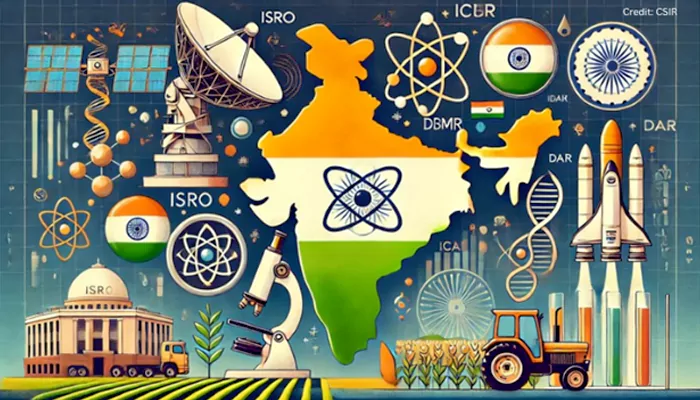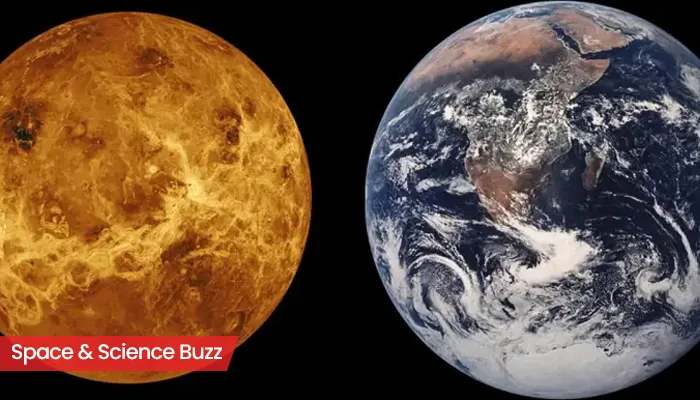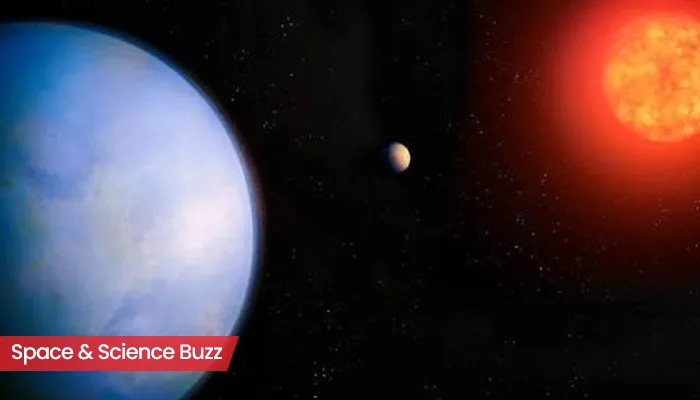
Here are today’s most important updates from the realm of Science and Space.
ISRO Reveals Age of Chandrayaan-3’s Shiv Shakti Landing Site – You Won’t Believe the Number!
The team from India's Physical Research Laboratory (PRL) has created the first geological map of Chandrayaan-3 landing site. The Shiv Shakti landing site is blanketed with boulders, some exceeding five metres in size, and mostly originating from a fresh, 540-metre crater located 14 kilometres south of the landing site. This region is estimated to be about 3.7 billion years old — the same age as some of the earliest life forms on Earth. India's Chandrayaan-3 mission achieved a historic milestone on August 23, 2023, as it landed on the Moon's south polar region.
Meet El Capitan: The Supercomputer That Will Safeguard America's Nuclear Secrets

The safety of the US nuclear stockpile and several key secrets will now be guarded by a supercomputer named El Capitan, which is the world's fastest supercomputer. Launched at the Lawrence Livermore National Laboratory (LNNL) in California, El Capitan is the result of a collaboration between US' National Nuclear Security Administration (NNSA), Los Alamos, and Sandia. El Capitan can calculate at least one quintillion (1,000,000,000,000,000,000+) double precision (64-bit) operations per second (1 exaflop). It is capable of performing more than 2.79 exaflops per second. Built at an estimated cost of $600 million, the advanced supercomputer will also be used for material discovery, high-energy-density physics, nuclear data and weapon design, as well as other classified tasks.
The Moon Isn’t Dead Yet! Signs of Geological Activity Discovered

The moon may still be geologically active, as confirmed by analyzing the way the lunar far side is wrinkling as the moon contracts. The planetary scientists who have discovered 266 lunar "wrinkle ridges" confirmed it. The wrinkle ridges are a well-studied phenomenon on the lunar near side — the face of the moon that we can see hanging in the sky. The near side is characterized by the famous "Man in the Moon" — a pattern created by large dark patches called lunar maria. The maria are vast, solidified lava plains that formed between 3.2 billion and 3.6 billion years ago from volcanic activity. Although it is assumed that the far side maria formed at the same time as the near side maria, the farside wrinkles seem much younger.
Mood Swings and Carb Binges: The Surprising Connection Unveiled

People struggling with depression may crave for carbohydrate-rich foods, which could be “related to the overall severity” of their mental condition, according to a study. In an earlier research, it was observed that patients of depression, marked by a persistent low mood, tend to have less appetite. Besides this, the researchers also found that such patients also had an increased craving for foods combining fat and carbohydrates, such as milk chocolate. Given that these energy-dense foods appeal to the brain’s reward system, the findings could help with developing better treatments for depression, the lead researcher said.



.webp)
.WEBP)
.WEBP)
.webp)
.webp)


.webp)
.webp)
.webp)